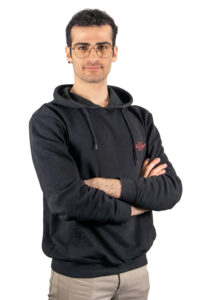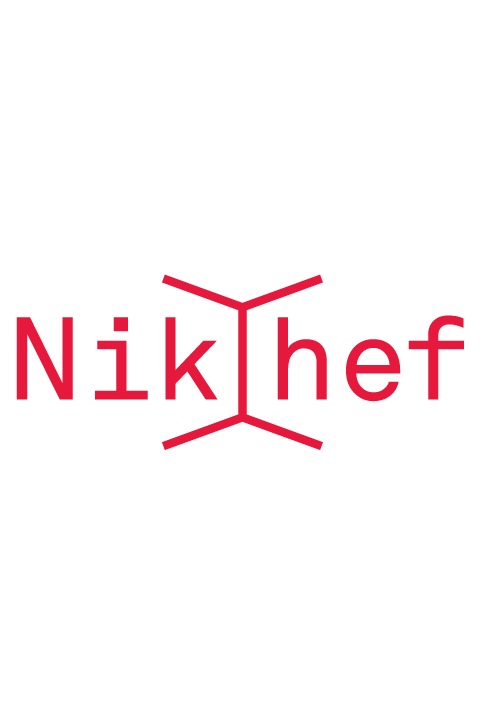‘I became so curious’
Osama Karkout, PhD student in the ATLAS group at Nikhef
‘On July 4, 2012, I was still a high school student in Syria, studying my physics and dreaming of becoming a physicist one day. I followed the news and got an intense feeling of curiosity. I wanted to study particle physics. I succeeded and now I work as a Nikhef PhD student at ATLAS investigating the self-interaction of the Higgs particle: how much does a Higgs particle interact with another Higgs particle? If we know, we might be able to solve long-standing mysteries, such as why there is more matter than antimatter and what caused inflation after the Big Bang.
I don’t know exactly what physicists expected from the Higgs particle ten years ago, but I do know that it is now hugely important to fundamental physics. The Higgs field, according to the Standard Model, gives particles mass. The stronger the interaction, the higher the mass, is the idea. That means the Higgs particle must have interactions with particles that we can’t make with the LHC accelerator. You would want to infer from its properties which particles those are, if they exist. In this way there is a connection to dark matter, unified theories and the big bang.
I would rather ask a Higgs particle for a list of unknown heavy particles and their masses. Maybe that would also tell us something about supersymmetry or string theory. In my own research at ATLAS, I hope to find a self-coupling for the Higgs particle that is stronger than the Standard Model predicts. This tells us that in the early universe there were boiling bubbles of phase transition in the Higgs field that expanded at the speed of light and pushed away antimatter, and we are made of matter trapped in a bubble!
Without such a separation, matter and antimatter would have found and destroyed each other everywhere, so the universe would have remained without matter and we ourselves would not have existed. The universe would have been filled with radiation and no one to see it.’
This interview was originally published in Nikhef magazine DIMENSIES #7

